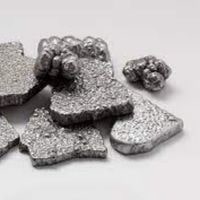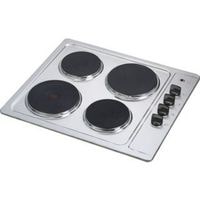How To Remove Melted Plastic From Metal. In any case, the plastic’s probably melted now and stuck to the metal. Scrubbing doesn’t help and it looks like the metal is ruined for good.
Well, don’t get too stressed out over it! It is an honest mistake that anyone can make and we know how much pressure you are under with everything that you do on a daily basis as your business presses forward relentlessly.
The good news is that you can easily get melted plastic out of your metal this task is actually easier than you may have imagined.
How To Remove Melted Plastic From Metal
Try to peel off as much melted plastic as you can with a dull knife made of metal or wood. If any plastic remains stuck to the stove after using the dull knife, saturate at least 4-6 sheets of paper towels in WD-40 and wipe any residual bits of plastic off the stovetop. Scrape off any leftover bits and fragments with a razor blade or sharp edge scraper.
How to remove melted plastic from metal is discussed here.
Melted Plastic Get Cool
Make sure that any areas that are melted and burned plastic have completely cooled before proceeding.
If the metal surface is part of an oven or toaster oven, make sure that the heating element is turned off and the entire appliance has entirely cooled down before you go near it.
Melted plastic that is still hot can burn your skin easily if touched by bare hands, so you should never attempt to handle it until all of the pieces have been allowed sufficient time to cool down.
Soaking Dishcloth
Soak a dishcloth in household ammonia for a few minutes. Wring off part of the extra water, but don’t entirely wring it out. Cover the melted plastic with a moistened towel.
Allow at least 15 minutes for the stain to soak through the cloth. After that, simply rinse and wipe dry with a soft towel to lessen or remove your problem completely.
Removing Ammonia
Rubbing Plastic
If you can’t find any ammonia or toilet cleanser, rub the plastic with a synthetic scouring pad. Rub them together until the majority of the plastic is gone.
If there’s any leftover, reapply the ammonia-soaked cloth to the stain for another 5 minutes before pressing with the scouring pad again.
Switching Plastic Scraping Tool
If the scouring pad has not worked, or if you don’t have one available, switch to a plastic scraping tool.
There are many kinds at your disposal, but we highly recommend the use of windshield ice scrapers as they come in handy when de-icing and can then be used for other purposes like washing windows as well.
If you do not have any ice scraper on hand during wintertime, another good alternative is to use a credit card or a similar laminated card.
Be careful though not to scratch the surface you’re cleaning because it will leave marks that won’t easily fade off.
FAQs
Is oven cleaner effective in removing melted plastic?
When you open your oven door, the resin left behind is removed by a self-cleaning oven. It can melt any plastic things left in the oven even if you leave it open for a few seconds.
As a result, you must remove everything from your oven before attempting to perform a cleaning cycle. Before continuing with the cleaning cycle, remove large chunks or pools of plastic, but smaller areas will usually clean themselves as long as they aren’t excessive.
The melting of plastic releases toxins, right?
When plastic is burnt, harmful substances like hydrochloric acid and other pollutants like dioxins and furans are released.
These emissions are known to be carcinogenic, causing respiratory problems and putting human immune systems under stress.
They also contribute to acid rain by interacting with water in the air to generate caustic toxic particles that contribute to pollution in the environment.
Related Guides
